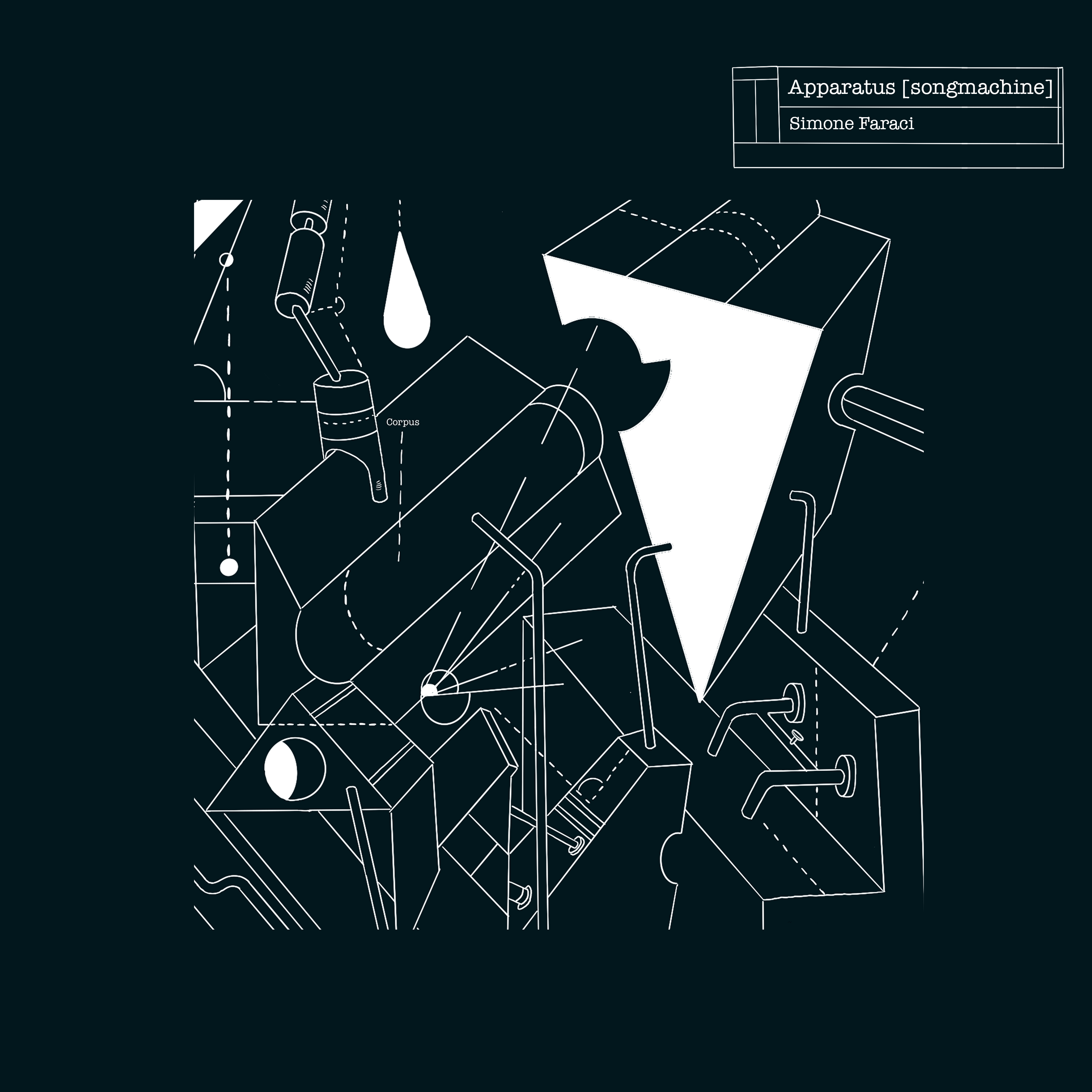
Echo Ex Machina is the first solo record by Simone Faraci, an Italian musician based in Bologna, where he has been active for several years in the electroacoustic improvisation scene, also with the collective Minus of which he is one of the founders. After various experiences in the field of classical music, he currently focus on experimental and electronic music.
To be released on CD and on all digital platforms on October 1st, 2021 by Slowth Records, Echo Ex Machina was born from a suggestion that arose during the pandemic. In fact, over the past two years we have increasingly surrounded ourselves with voices mediated by technological tools. These voices come from afar, dismembered and reconstructed by digital technology.
The idea of a project about this theme initially materialized in a live solo presented for the historical research, production and musical teaching center Tempo Reale, founded by Luciano Berio in Florence. Everything then evolved using the collaboration with the vocal performer Agnese Banti and finally transformed into a concept album in five parts, to be enjoyed however as a single composition.
The record is based on four concepts: voice, distance, machine, metamorphosis. The title summarizes these concepts by referring to the figure of Echo and her myth, handed down by Ovid in The Metamorphoses. In Ovid’s work, Echo loses her body and turns into pure sound that wanders invisibly through the woods. Likewise, our voices travel bodyless in the video call stream and social media feeds, like an echo of our presence. This topic is approached in a different way in each of the five tracks, along the course of a concise and extremely fresh electronic flow.
Out today July 23th, 2021 in a radio edit version, the first single Apparatus [songmachine] represents an imaginary singing machine capable of producing various voices. In this track, different techniques are used to elaborate the voice that becomes a malleable material, in constant evolution. A series of vocal metamorphoses alternate on the rhythmic grid traced by a vocal synthesis motor: voices that seem to come from metal bodies, voices that turn into birdsong, madrigals played by a turntablist, or the autotune used as a distorting mirror of the vocal timbre.


